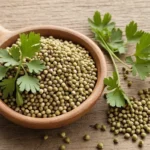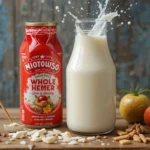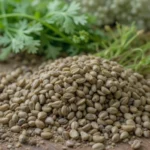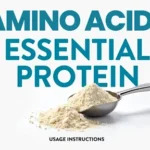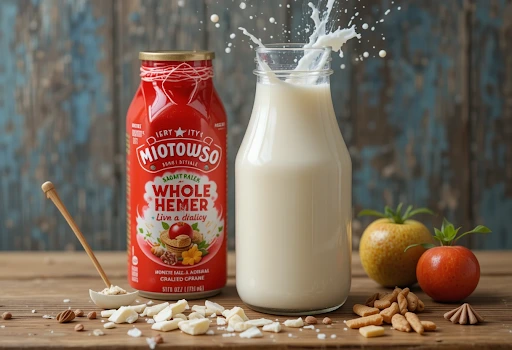Whole Milk Is Rich and Creamy
Whole milk provides an irresistibly creamy base for soups, casseroles and pasta dishes alike. Create puddings, cream pies and both sweet and savory gratins using whole milk; use it to craft ricotta cheese and bechamel sauce for lasagna, stuffed shells or mac and cheese with ease!
Owing to experimental data, experimentally-backed guidelines suggest that moderate amounts of saturated fat don’t increase risk for heart disease. If whole milk seems appropriate for you, speak to your healthcare provider.
‘Culinary Uses of Whole Milk’
Whole or full-fat milk is a delectably creamy dairy drink, boasting 3.25% milk fat content per 8-ounce serving and 150 Calories in an 8-ounce serving. Nutrition guidelines have long suggested that people limit their saturated fat consumption because it may raise cholesterol levels and increase risk of heart disease; however, recent research suggests otherwise (3)
Whole milk adds an irresistibly tasty touch to meals and snacks alike, whether poured over muesli or cereal, added to smoothies, used in baking, or made into hot chocolate. Furthermore, whole milk is often an integral component of soups, sauces, stews, as it adds richness and fullness that cannot be replicated using water-based or non-dairy alternatives.
Though most of us think of milk as something to drink, it can also be an essential culinary ingredient in many recipes. From mornay sauces and chicken noodle soup to white sauces and sweet treats – whole milk offers creamy textures unmatched by alternative milk alternatives. And those who find themselves with extra cartons in their fridge have many ways to use up this extra carton before it spoils, including creating white sauces or tenderising meat!
‘Baking with Whole Milk’
Whole milk is an indispensable staple in many culinary applications, providing an ideal balance of proteins, carbs and fats. Furthermore, its unique fatty acid profile has long been recognized to support heart health by lowering blood cholesterol and improving HDL (the “good”) cholesterol levels while aiding the absorption of fat-soluble vitamins such as A, D and K.
Selecting the ideal type of milk for any recipe can have a huge influence on its texture and flavor, from dairy products to plant-based alternatives – each has unique properties which provides a velvety mouthfeel and moist crumb to baked goods, such as scones or muffins, while its higher fat content adds creamy custards or cheesecakes.
If a recipe calls for full milk but you are looking to reduce the amount of saturated fats in your diet, swapping out for nonfat or low-fat milk will work just fine – usually without altering its overall taste or texture – but using equal quantities of nonfat or low-fat milk may lead to lighter-textured bakes with reduced moisture, possibly necessitating additional liquid in order to achieve proper batter consistency.
‘Cooking with Whole Milk’
Whole milk provides a creamy base for many baked goods, including cakes, muffins and cookies. Its fat content adds moisture, tenderness and an irresistibly silky mouthfeel when mixed with other ingredients or when whipped or mixed into batters or batter mixtures. Whole milk also adds richness and texture when used as part of casseroles, soups or sauces; its fat contributes richness as well.
Different varieties of milk provide different calorie and fat contents; however, all provide important vitamins and nutrients such as calcium, protein, vitamin D and potassium. Furthermore, studies indicate that dairy fats do not contribute to heart disease, while saturated fats from dairy may actually protect against cardiovascular issues.
The difference between whole milk and lower-fat options, like 2% or skim milk, lies primarily in their amount of fat content; when fat is removed, however, its remaining nutritional profile remains the same.
TechTarget recommends that while low-fat milk is a staple for its nutritional benefits, whole milk can still be enjoyed in moderation for those who appreciate its taste and texture. Consulting a physician is key to incorporating full-fat dairy into your diet, especially for individuals with high cholesterol or heart disease. Following medical advice, these individuals should limit saturated fat intake to less than 6% of daily calories. However, others may tolerate moderate whole milk consumption without concern.
‘Smoothies with Whole Milk’
Smoothies are an easy and delicious way to incorporate whole milk into your diet, providing its creamy consistency as well as many essential nutrients from fresh fruits, vegetables and grains. To craft the best smoothie possible it’s key to use high quality ingredients – this means purchasing organic fruits when possible and increasing fruit volume for reduced sugar intake while using whole milk as the base product for creaminess and flavour enhancements such as cocoa powder, cinnamon or grated nutmeg as flavor enhancers – or for an extra nutritional boost add in protein powder, flaxseeds or chopped nuts for extra fibre energy boost.
This Peanut Butter Banana smoothie is packed with delectable flavor and can be made using just four ingredients that may already be in your kitchen – milk, bananas and peanut butter!
Read also: Vitamins and Minerals Found in Whole Milk


